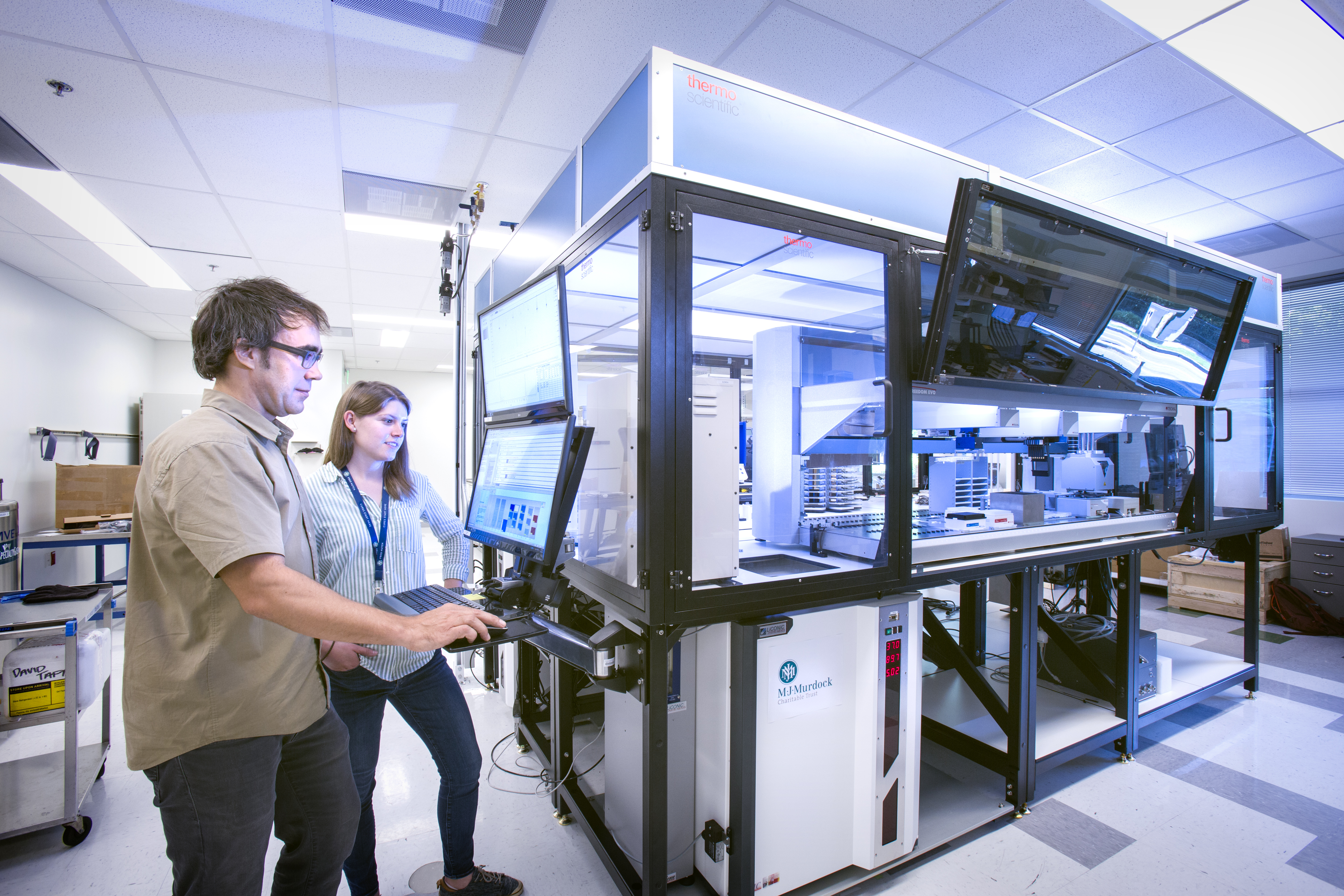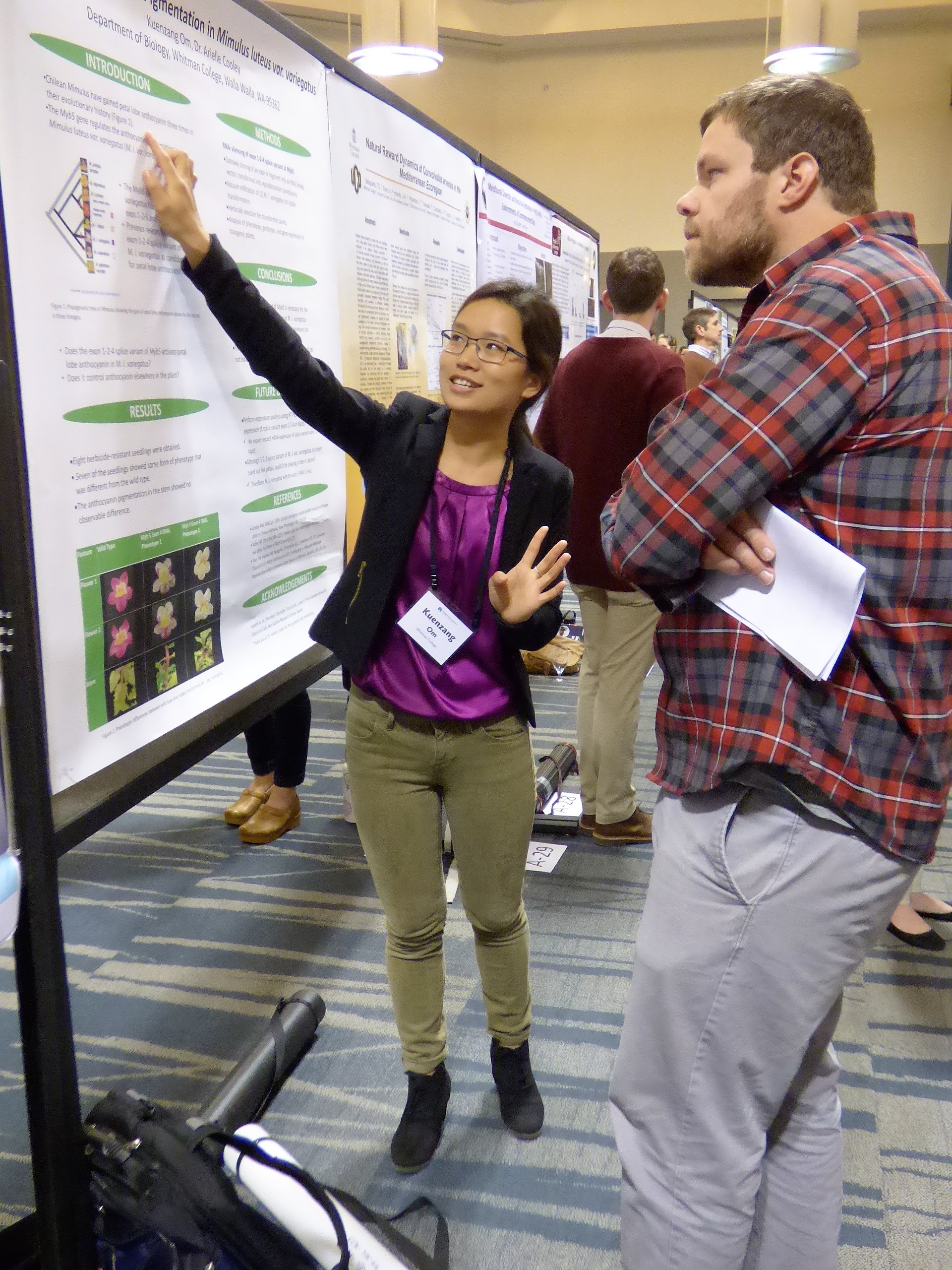Understanding the three kinds of promises nonprofits must keep to serve their constituents.
By Moses Lee • June 2018
“Keep every promise you make and only make promises you can keep.”
— Anthony Hitt, President and CEO, Engel & Völkers North America
In 2008, the Harvard Business Review published an article titled “Delivering on the Promise of Nonprofits,” by Jeffrey L. Bradach, Thomas J. Tierney, and Nan Stone. The article’s title suggests a simple, but remarkable, truth: every nonprofit organization brands itself by making a promise to its constituents. The promise is the answer to an observed need. We will eradicate poverty in Boise; we will create classical music in Seattle; we will feed the homeless in Portland; we will give students a future in Montana. Such promises become the seeds from which an organization grows.
From the perspective of a mission statement, the promise has to do with why the nonprofit exists—the hope the organization offers, the inspiration it provides, and the empowerment it brings to its constituents. From an operational perspective, a nonprofit delivers on its promise through what it does—the organization’s impact in its community, its measurable results, and the number of lives it changes. For example, many nonprofit organizations promise to bring relief, and fulfill that promise by providing resources to people in need.
At the M.J. Murdock Charitable Trust, we are fortunate to help many organizations deliver on their promises. Here are three examples of how the Murdock Trust, through our grants and enrichment programs, supports the different types of promise each one makes.
Salem Free Clinics
Based in Oregon’s capital, Salem Free Clinics, a recent Murdock Trust grantee, “exists to provide quality and compassionate health care at no cost to the uninsured and underinsured in our community as an expression of Christ’s love.” Simply put, they promise to provide healthcare to anyone who needs it. The clinics call on more than 480 volunteers to serve more than 5,000 patients each year. Of late, Salem Free Clinics are serving more people caught in between the cracks—people who are not technically below the poverty line, but who cannot afford the cost of personal health insurance.
Recently, the Salem Free Clinics considered whether or not the organization should become a Federally Qualified Health Center (FQHC). While there were potential financial benefits to doing so, ultimately the board decided the clinics would be less able to fulfill their mission and carry out their promise by being an FQHC. This was a remarkable example of an organization making a difficult decision in order to stay true to its promise.
Salem Free Clinics makes a simple promise. They will provide healthcare to each patient who walks through their door. The impact of the clinics’ promise is clear, because they deliver on the promise to one individual at a time. A simple promise is a promise where a single need is answered by a single action. Other organizations with simple promises such as these include homeless shelters, many emergency feeding programs, and most performing arts organizations.
Murdock College Science Research Program
Colleges and universities make what I call complex promises. These institutions promise to educate students and prepare them for the future. This is a complex promise because it takes many different departments, programs, faculty, staff, and even government entities to make it happen. The promise involves a lot of moving parts, from admissions to registration, from classes to research and extracurricular activities, and from academic responsibilities to social events. Organizations offering assistance in multiple areas of life—for example, food, housing, and education—and nonprofits assisting refugees are often making complex promises.
Each year, the Murdock Trust helps dozens of predominantly undergraduate colleges and universities throughout the Pacific Northwest fulfill their promises to their students and parents. The Murdock College Science Research Program (MCSRP) empowers institutions to enable hundreds of students to directly or indirectly engage in hands-on research and learning. Thousands of students have had the opportunity to engage and expand their scientific skills and knowledge throughout the program’s history. Through MCSRP, the Murdock Trust supports the science departments at these institutions through a number of grants and enrichment programs: the Research Start-Up grants for new science faculty; the Natural Sciences grants for faculty-initiated research projects; the larger divisional grants for institutions to cement a vibrant culture of undergraduate research on their campuses; and the MCSR Conference for about 500 students and faculty to present their research findings each year. The grants and enrichment programs we provide plays an integral role in colleges and universities educating their students.
Raising up the next generation of students—and young scientists—is multifaceted work that requires many promises to be kept in pursuit of the larger promise—educating students and preparing them for the future. The Murdock Trust is proud to support colleges and universities as they fulfill this complex promise.
Fred Hutchinson Cancer Research Center
The Fred Hutchinson Cancer Research Center in Seattle—better known as Fred Hutch—makes a bold promise: to save lives by finding a cure for cancer. The bold promise, like John F. Kennedy’s 1960 declaration that, by the end of the decade, the United States would send a man to the moon is an aspirational promise. It promises to do something that, at the moment, cannot be done. Nonprofit organizations based on research or treating diseases often make these aspirational promises, as do many peacemaking and environmental organizations.
Fred Hutch is doing groundbreaking scientific research in pursuit of its bold promise. They employ immunology and immunotherapy in their fight for a cure, which require cutting-edge technology. The Murdock Trust recently funded a suite of scientific instruments that allows Fred Hutch to create the antibodies they need to carry out their research. As with Salem Free Clinics, colleges, and universities, we are helping Fred Hutch fulfill their promises to their constituents.
Simple, complex, and aspirational promises do not form a comprehensive list. Nonprofit organizations make many types of promises. Each nonprofit organization makes a promise its constituents count on; a promise expressed in its mission and carried out for its target audience, through its programs and services, via the resources it stewards. The Murdock Trust is honored to partner with nonprofits as they deliver on the promises they make—to fulfill our own promise to enrich the quality of life throughout the Pacific Northwest.
Moses Lee, Ph.D., is the program director for research and science at the M.J. Murdock Charitable Trust.










